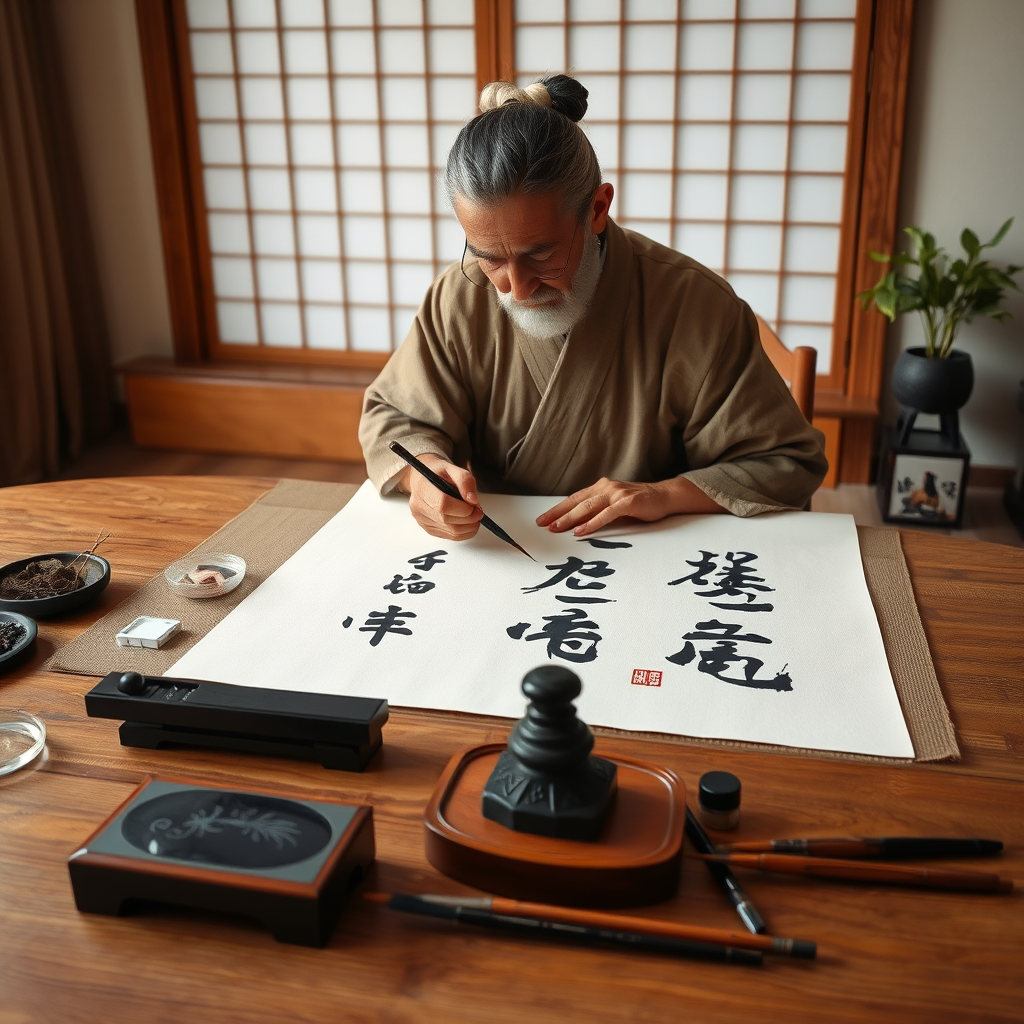The ancient art of Japanese calligraphy, known as shodō (書道), represents far more than beautiful writing—it's a meditative journey that connects mind, body, and spirit through the graceful flow of ink on paper.
The Spiritual Foundation of Shodō
Japanese calligraphy transcends mere artistic expression, embodying a philosophy of mindfulness and discipline that has been refined over centuries. Each brush stroke requires complete presence and intention, making shodō a form of moving meditation that calms the mind while creating beauty.
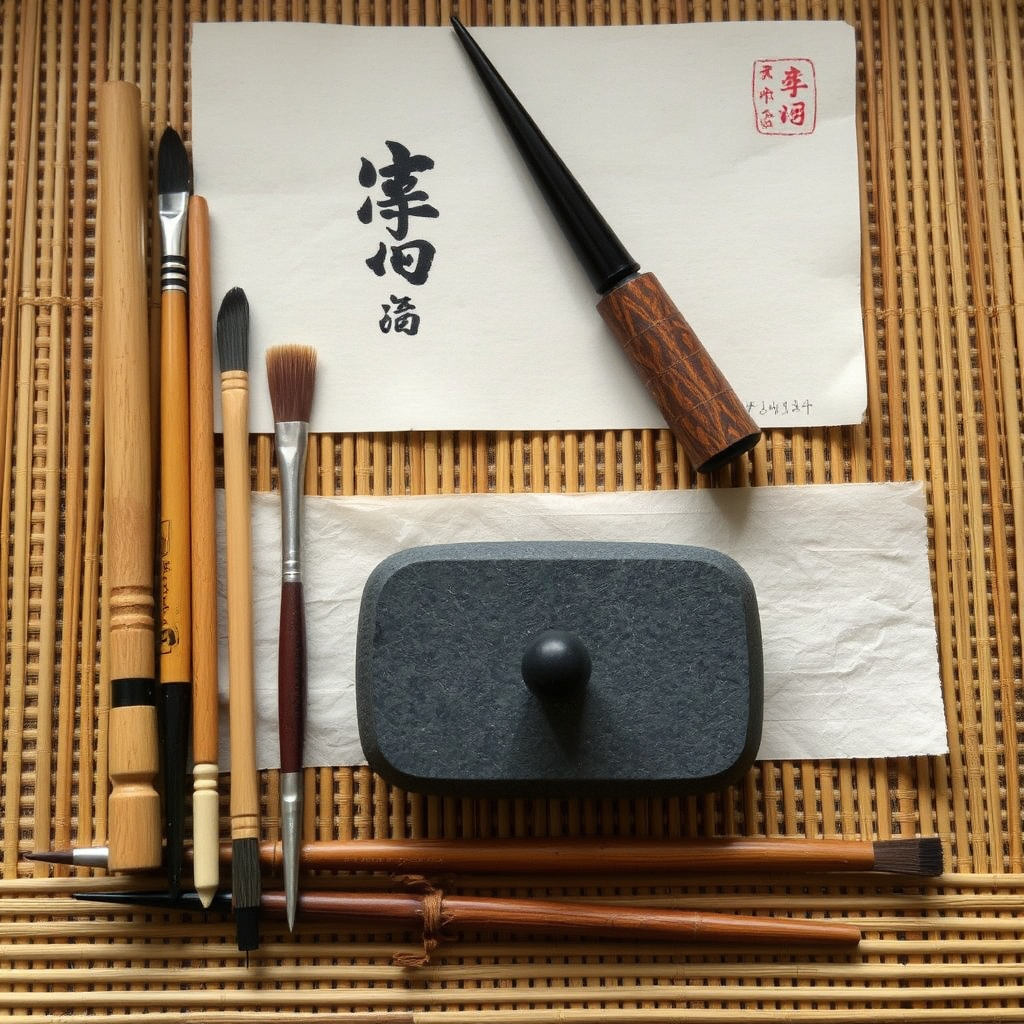
The practice begins with proper preparation—grinding ink on the suzuri (ink stone), arranging your workspace, and centering your breathing. This ritual preparation is as important as the writing itself, creating the mental space necessary for focused artistic expression.
Essential Tools for Japanese Calligraphy
The four treasures of the study—brush, ink, paper, and ink stone—form the foundation of any calligraphy practice. Understanding these tools is crucial for developing proper technique and appreciation for this traditional art form.
Fude (筆) - The Brush
Made from animal hair—typically goat, wolf, or rabbit—each brush type creates different line qualities. Beginners should start with a medium-sized goat hair brush for its flexibility and forgiveness.
Sumi (墨) - The Ink
Traditional sumi ink, made from soot and animal glue, produces rich blacks and subtle gradations. The grinding process itself becomes part of the meditative preparation.
Fundamental Brush Stroke Techniques
Mastering basic strokes forms the foundation of all Japanese calligraphy. These fundamental movements, when practiced with dedication, develop the muscle memory and control necessary for creating beautiful characters.
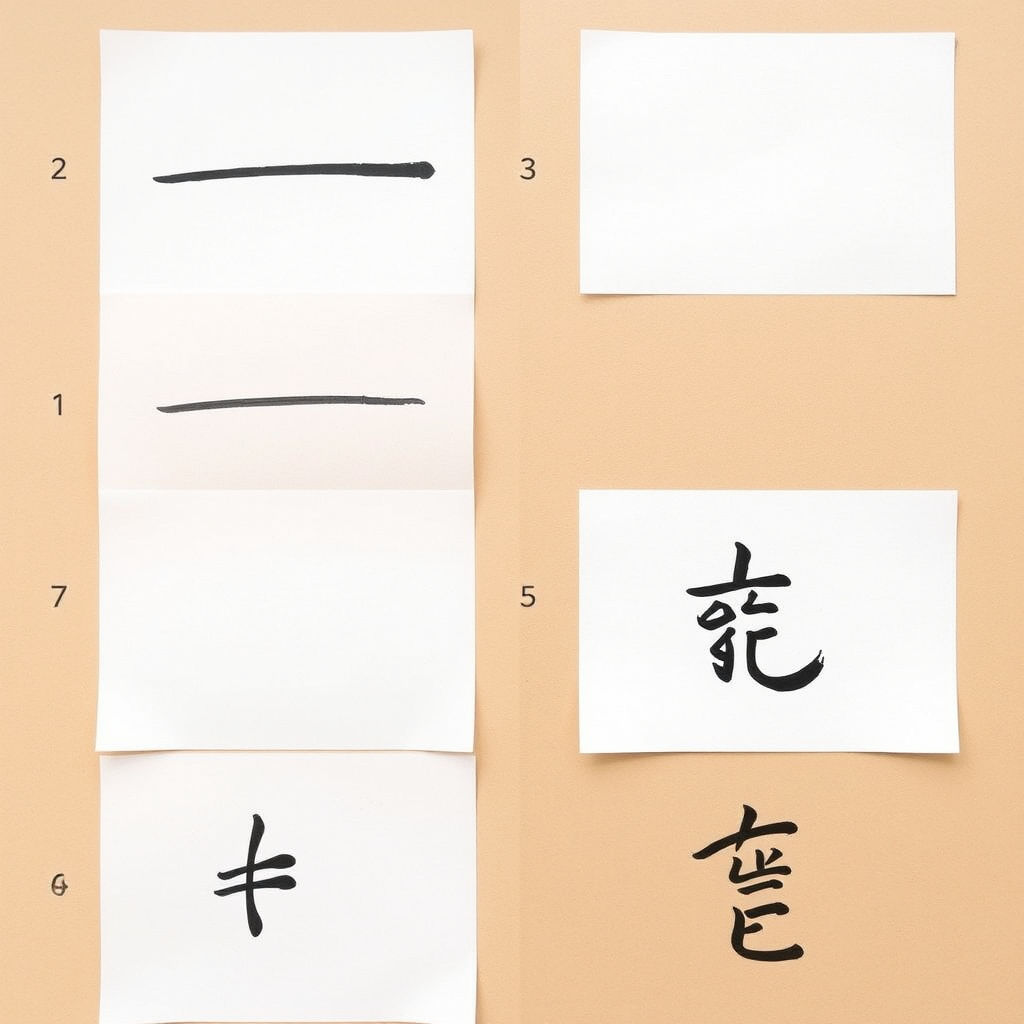
The Eight Basic Strokes
- Horizontal (一): Begin with pressure, maintain steady flow, end with slight lift
- Vertical (丨): Start light, apply pressure in middle, taper at bottom
- Dot (丶): Quick, confident press with slight rightward movement
- Rising stroke (丿): Begin heavy, gradually lighten as you rise
- Falling stroke (丶): Start light, increase pressure, end decisively
- Hook (亅): Vertical stroke with sharp upward turn
- Bend (乛): Horizontal to vertical transition in one fluid motion
- Press (丶): Firm downward pressure with controlled release
Cultural Significance and Writing Styles
Japanese calligraphy encompasses three distinct writing styles, each with its own aesthetic principles and cultural significance. Understanding these styles provides insight into Japan's rich literary and artistic heritage.
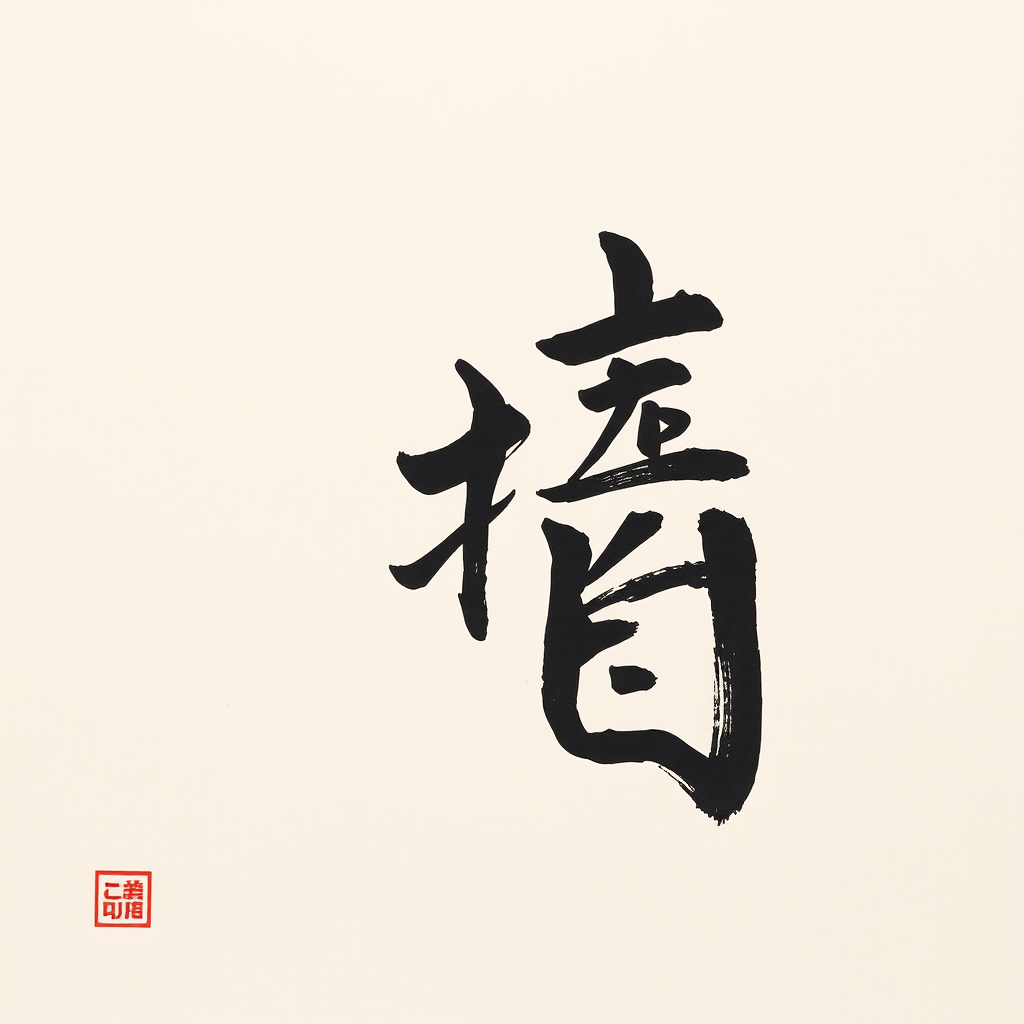
Kaisho (楷書)
The formal, printed style emphasizing clarity and precision. Perfect for beginners learning proper character structure.
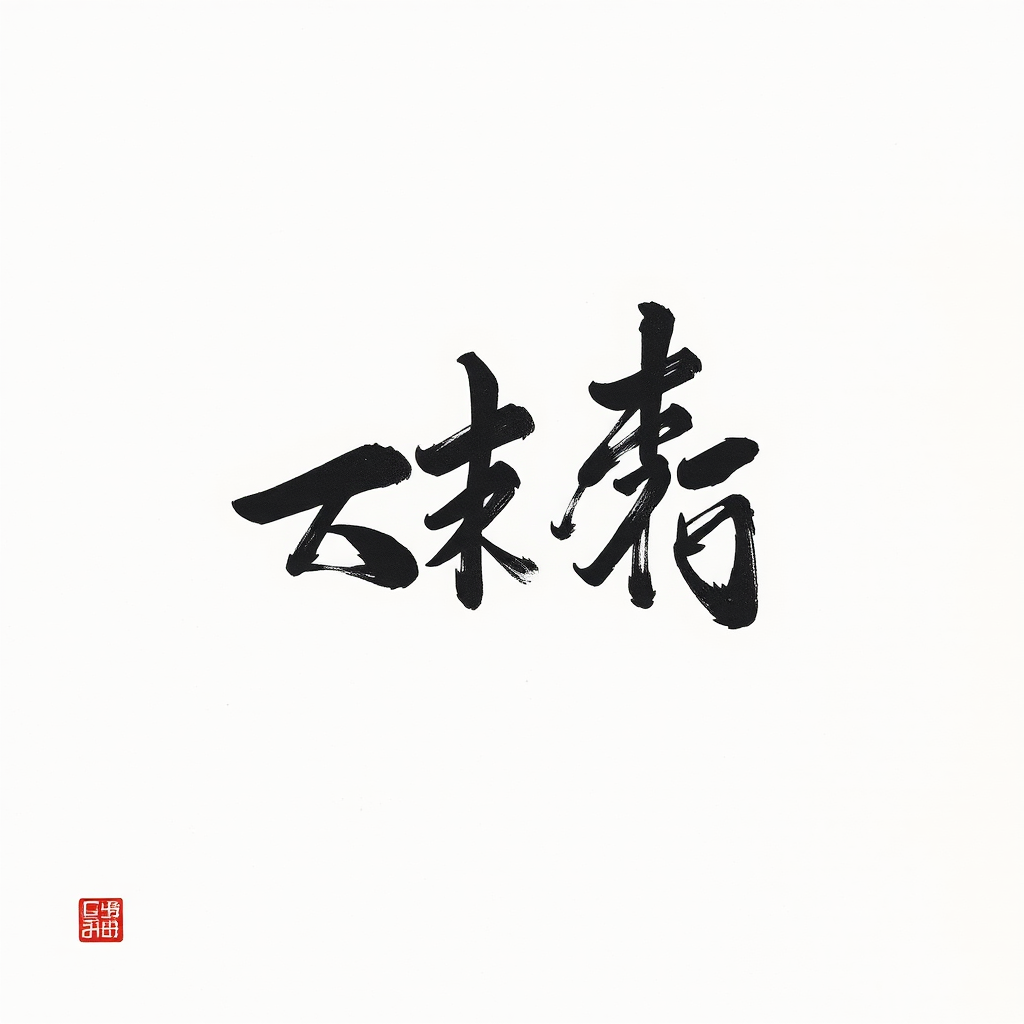
Gyōsho (行書)
The semi-cursive style balancing readability with flowing movement. Most commonly used in daily writing.
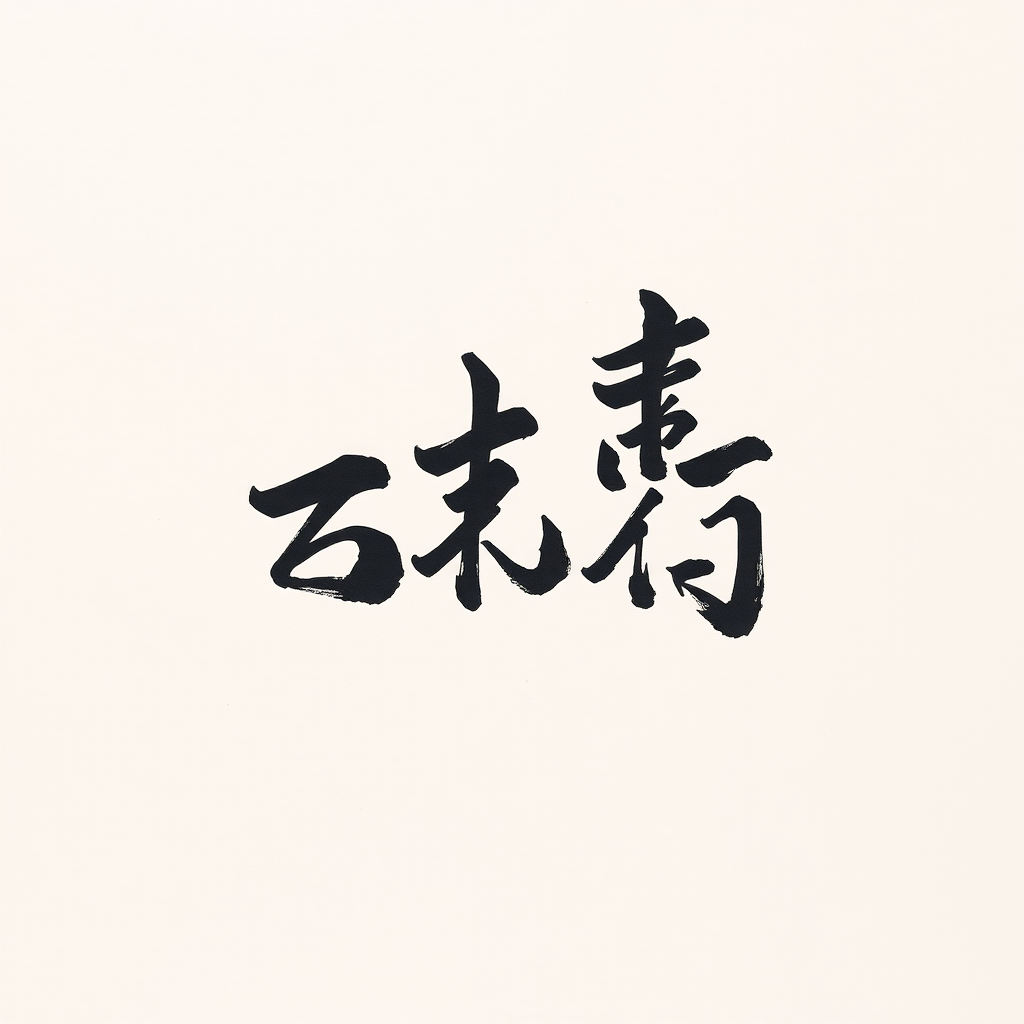
Sōsho (草書)
The cursive style prioritizing artistic expression and emotional flow over strict character recognition.
The Meditative Practice of Calligraphy
Beyond technical skill, Japanese calligraphy cultivates inner peace and mindfulness. The rhythmic breathing, focused attention, and deliberate movements create a state of active meditation that benefits both artistic development and personal well-being.
Developing Your Practice
Regular practice sessions, even just 15-20 minutes daily, can significantly improve both technique and the meditative benefits of shodō. Start with simple characters and gradually progress to more complex compositions.
The key is consistency rather than duration—daily engagement with brush and ink develops the subtle hand control and mental focus that characterize masterful calligraphy.
Learning Through Traditional Methods
Authentic Japanese calligraphy instruction follows time-honored teaching methods that emphasize copying masterworks, understanding historical context, and developing personal expression within traditional frameworks.
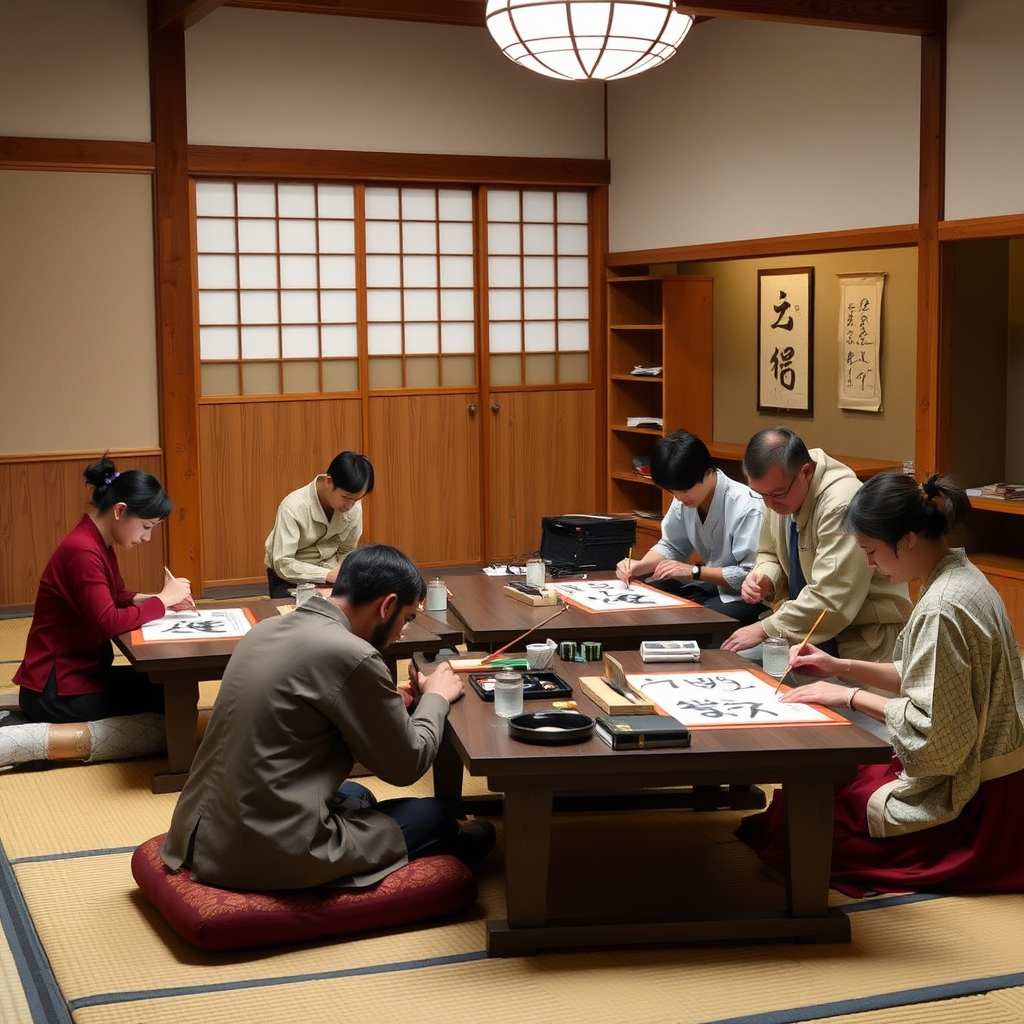
The master-student relationship in calligraphy instruction goes beyond technical training, encompassing cultural transmission and spiritual guidance. Students learn not just how to hold the brush, but how to approach each character with respect and intention.
Our calligraphy workshops in Ueno provide this authentic learning experience, combining traditional teaching methods with modern accessibility. Participants work with experienced instructors who understand both the technical aspects and cultural significance of this beautiful art form.
Connecting with Japanese Cultural Heritage
Japanese calligraphy serves as a bridge to understanding broader aspects of Japanese culture, from literature and philosophy to aesthetics and spiritual practice. Each character carries centuries of cultural meaning and artistic evolution.
The practice connects modern practitioners with generations of scholars, poets, and artists who have used brush and ink to express their deepest thoughts and emotions. This continuity creates a profound sense of cultural participation and historical connection.
"The way of the brush teaches us that beauty emerges not from perfection, but from the sincere expression of one's true nature through disciplined practice and mindful attention."
